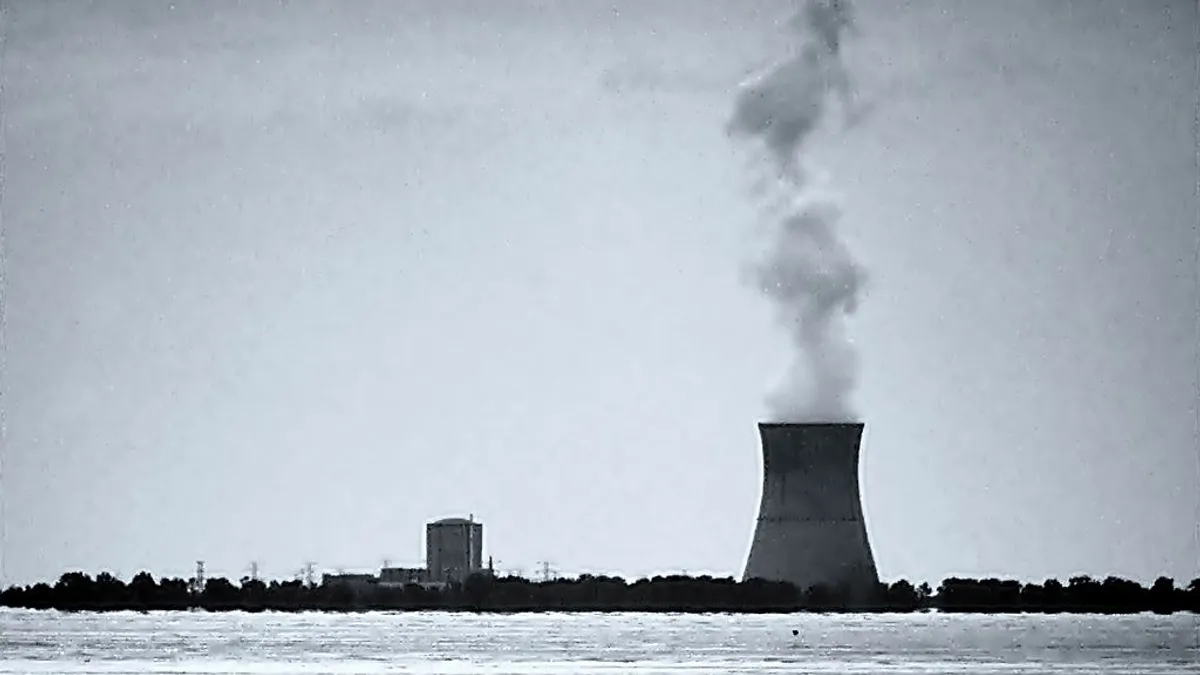Dive Brief:
- Three nuclear plants owned by FirstEnergy can retire without threatening the reliability of electricity service, grid operator PJM said in a deactivation analysis released Monday.
- Any power delivery issues as a result of the deactivations can be alleviated through transmission expansions already planned for the system, PJM reported. In a separate announcement, the grid operator said there are no near-term fuel security issues posed by planned retirements.
- FirstEnergy last month asked the Department of Energy to use its emergency powers to keep the plants open, arguing electricity service would be at risk without them. The company called the PJM analysis a "disappointment" and said it would continue to seek relief for the plants.
Dive Insight:
The PJM deactivation analysis released Monday undercuts a key argument from FirstEnergy and its allies — that allowing at-risk coal and nuclear plants to retire in wholesale power markets would undercut the reliability and resilience of the grid.
PJM has consistently said that planned retirements do not present a reliability threat in the short term, and on Monday reiterated that view with respect to three FirstEnergy nuclear facilities in Ohio — the 896 MW Davis Besse plant, the 1,247 MW Perry plant and the 1,811 MW Beaver Creek facility.
While some transmission projects may need to be accelerated, the grid operator said it can retain reliability through projects already planned in its Regional Transmission Expansion Plan. And even with the retirements, PJM expects to have sufficient generation and transmission capacity to withstand two concurrent asset outages — a so-called "n-1-1" event.
"Sufficient transmission margin remains to ensure that under normal peak conditions there is enough redispatch options to operate the system with two single outages," PJM said.
Opponents of FirstEnergy's emergency proposal seized on the moment. Rival generator NRG said the PJM report shows the request to be a "subsidy in search of a crisis — one that doesn't exist," according to spokesperson David Gaier.
FirstEnergy, however, said the reliability analysis is too narrow, not giving credit for the unique attributes of their nuclear plants.
"The results of the PJM reliability study highlight that their review ignores the value that these units offer the grid in terms of fuel diversity and zero-carbon emissions generation," Don Moul, president of FES Generation Companies, said in a statement.
PJM aims to address some of those issues with a new fuel security initiative, also announced Monday, which will seek to identify and reward generators with secure fuel supplies, such as onsite stockpiles or dual fuel capabilities.
"We’ve looked at the issue of do we have a fuel security issue today given the current state of the system and the state we see in the near-term given the retirements we know about," PJM CEO Andy Ott said. "The answer is no."
If they do not win emergency support from the DOE, the Davis Besse plant will retire at the end of May 2020, while the Perry plant and one unit of Beaver Island would come offline at the end of May 2021. The final unit at Beaver is scheduled to close in October 2021.














